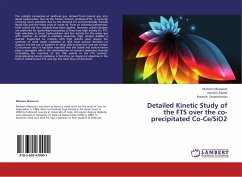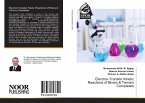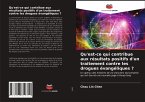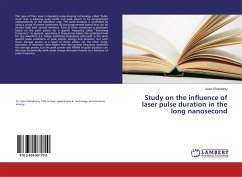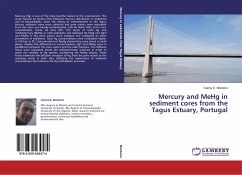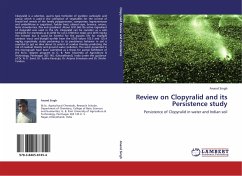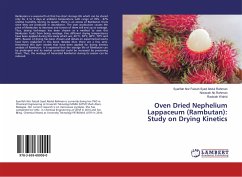The catalytic conversion of synthesis gas, derived from natural gas, into liquid hydrocarbon fuel via the Fischer-Tropsch synthesis (FTS), is currently receiving much attention due to the demand for environmentally friendly liquid fuel and the rising costs of crude oil. From an industrial perspective, both cobalt and iron catalysts have been applied. However, cobalt catalysts are preferred for gas-to-liquid processes as they have high activity for FTS, high selectivity to linear hydrocarbons and low activity for the water-gas shift reaction. As cobalt is relatively expensive, high catalyst stability is desired. Supported Co catalysts with high specific rates require the synthesis of small metal crystallites at high local surface densities on support and the use of supports or alloys that increase the rate per surface Co (turnover rate). It has been reported that the cobalt and cerium matrix plays a synergistic role in the chemisorption of reactant molecules, thereby controlling the reactivity of the title system in the FTS reaction. Understanding kinetic modeling is therefore an important objective in the field of cobalt-cerium FTS and was the main focus of this book.
Bitte wählen Sie Ihr Anliegen aus.
Rechnungen
Retourenschein anfordern
Bestellstatus
Storno

